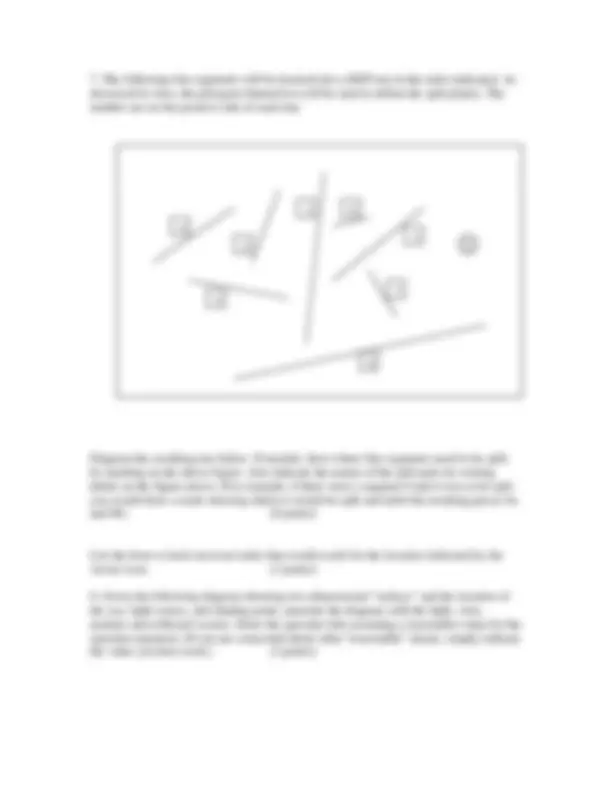




Study with the several resources on Docsity

Earn points by helping other students or get them with a premium plan


Prepare for your exams
Study with the several resources on Docsity

Earn points to download
Earn points by helping other students or get them with a premium plan
Community
Ask the community for help and clear up your study doubts
Discover the best universities in your country according to Docsity users
Free resources
Download our free guides on studying techniques, anxiety management strategies, and thesis advice from Docsity tutors
Main points of this exam paper are: Shear Transformation, Homogeneous Coordinates, Perspective Projection, Linear Perspective, Orthonormal Matrix, Shading Helps, Surface Shading, Quantization Errors, Transformations Matrices, Lines Vanish
Typology: Exams
1 / 4

This page cannot be seen from the preview
Don't miss anything!



CS 184 – Computer Graphics Midterm 1
Each of the three types of color receptors in the eye is sensitive to a single frequency of light.
A shear transformation can be decomposed into a series of rotations and scale transformations.
Homogeneous coordinates are useful because 4D spaces include imaginary vectors.
Linear perspective projection keeps straight lines straight.
Every orthonormal matrix defines a rotation.
Surface shading helps reveal the shape of objects.
Z buffers may suffer from quantization errors.
Rotation about an arbitrary axis requires three separate transformations matrices.
The color of some objects result from wave interference.
2B) Which lines do not vanish at a finite point? (3 points)
For each one that you crossed out, concisely indicate why it is not valid. (3 points)
algorithm. (You should draw the resulting polygon, labeling each vertex to show in which order they vertices appear, and being careful about double edges, etc.) (5 points)